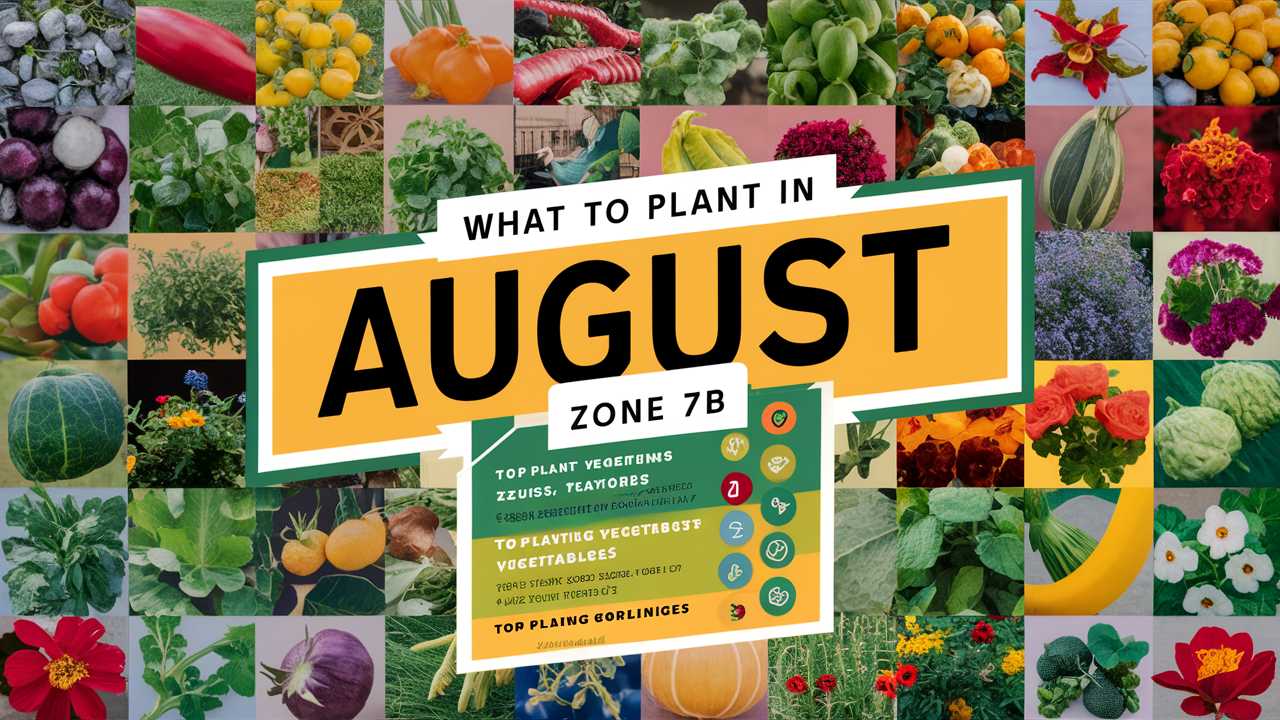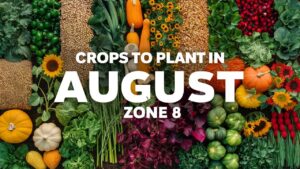In this guide, we will explore the best vegetables, flowers, herbs, and landscape plants to plant in August in zone 7b, taking into account factors such as temperature tolerance and planting timelines.
Vegetables To Plant
August is an excellent month for sowing a variety of vegetables that thrive in cooler temperatures. The following plants can be planted in zone 7b, providing you with an abundant harvest in the fall.
Broccoli
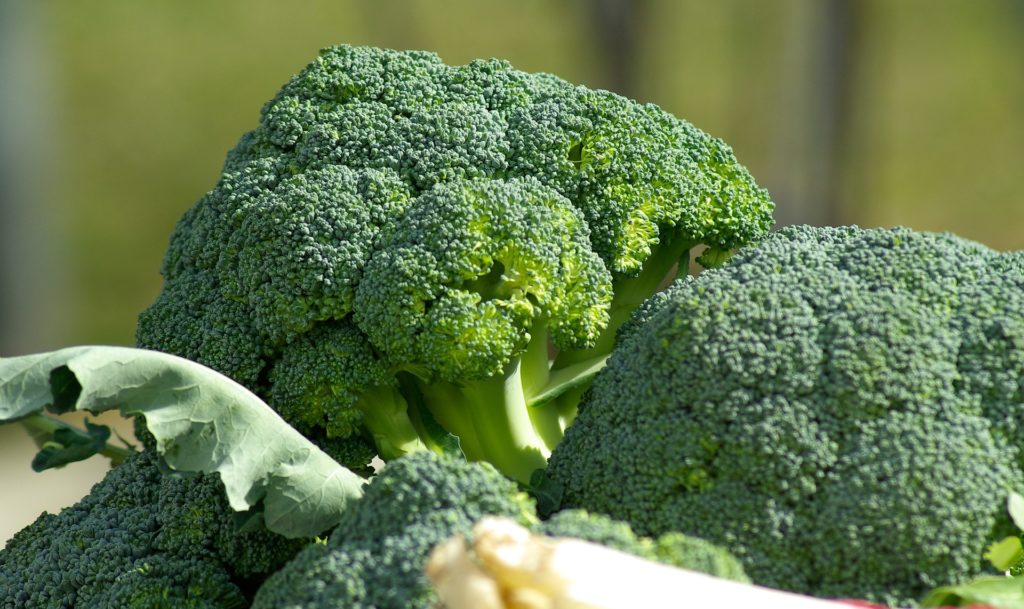
Broccoli is a nutrient-dense vegetable that prefers cooler weather. In zone 7b, you can begin sowing seeds directly in the garden in early August. It is recommended to start seeds indoors about 6-8 weeks before the last expected frost date, which is typically around mid-April in this zone. Transplant seedlings outdoors when they have three to four true leaves, ideally by late August. Broccoli can tolerate temperatures as low as 20°F (-6°C), making it a great choice for fall planting.
Radishes
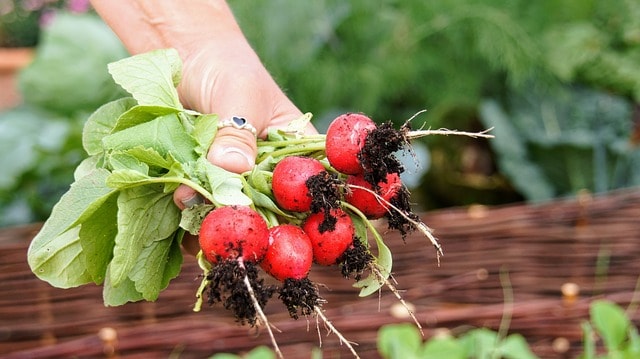
Radishes are quick-growing root vegetables that thrive when planted in late summer. They typically reach maturity within three to four weeks after sowing. You can plant radish seeds directly into the soil in August, making them an excellent choice for beginner gardeners. The mild temperatures of late summer will encourage rapid germination and growth. Radishes can tolerate temperatures down to 20°F (-6°C) and are best harvested before the first hard frost.
Spinach
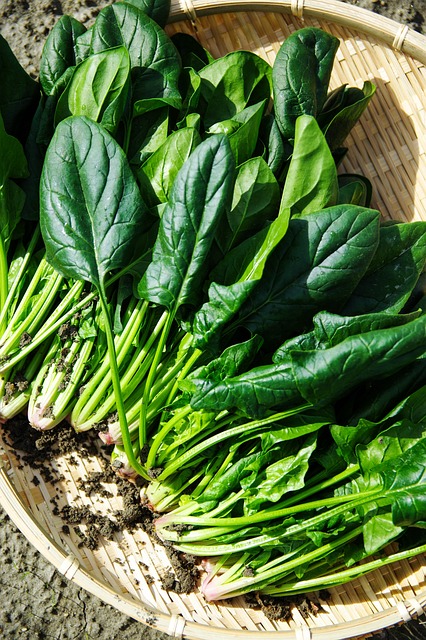
Spinach is a cool-weather crop that can be sown in August to produce a fall harvest. This leafy green prefers to be planted when temperatures are between 50°F and 70°F (10°C – 21°C). In zone 7b, August is an ideal time to sow spinach seeds directly in the garden soil. Spinach is frost-tolerant, withstanding temperatures as low as 20°F (-6°C), and with some protection, like floating row covers, it can continue producing well into winter.
Carrots
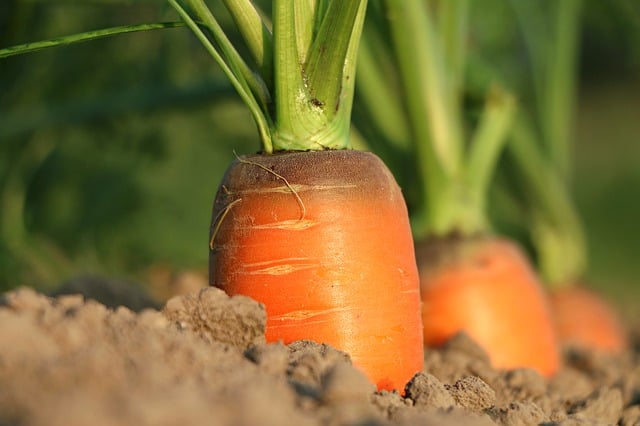
Carrots are root vegetables that require a longer growing season but can be successfully planted in August for a late fall harvest. In zone 7b, sow carrot seeds directly into the ground by mid-August to ensure that they have time to mature before the first frost. Carrots are quite tolerant to cold and can survive temperatures down to 20°F (-6°C). Harvesting can occur after the first frost, which often enhances their sweetness.
Beets
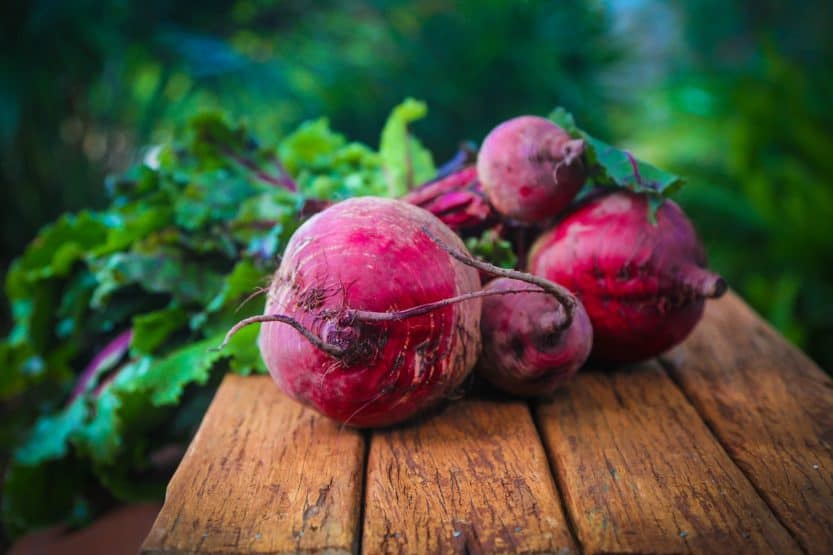
Beets are another cool-season crop that thrives well when sown in late summer. They can be directly sown in the soil from early to mid-August. Similar to carrots, beets benefit from the colder temperatures of fall, enhancing their flavor. They are hardy and can tolerate temperatures as low as 20°F (-6°C). You can harvest beets as early as 50-60 days after planting, making them a fast and rewarding option.
Kale
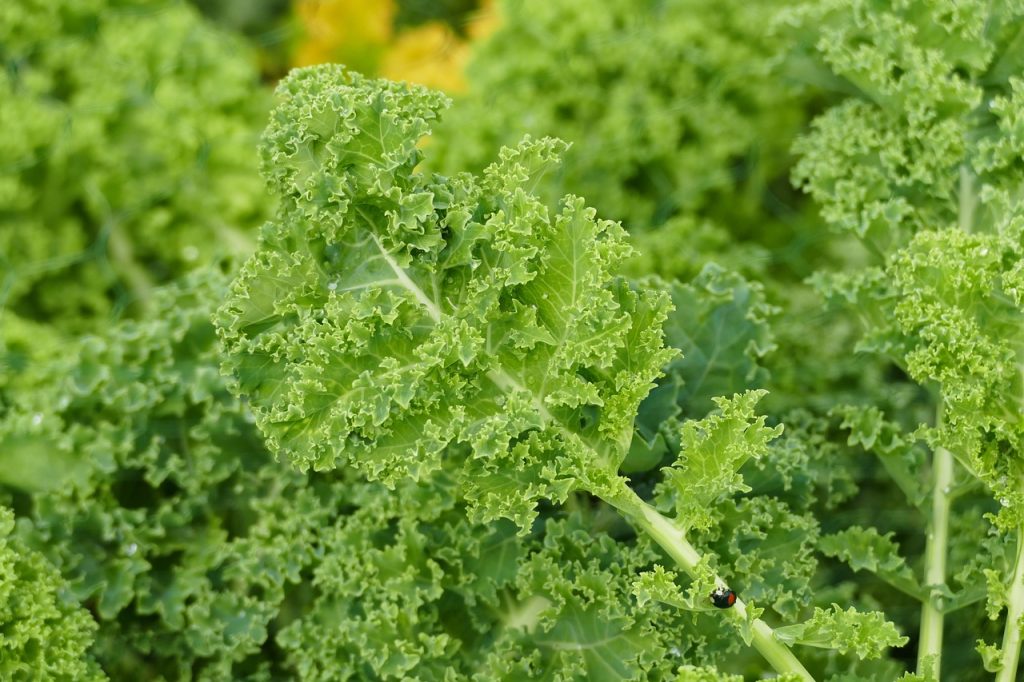
Kale is a powerhouse of nutrition and can be grown successfully in zone 7b when planted in August. Seeds can be sown directly in the garden or started indoors for later transplanting. By late August, you can expect a healthy crop just as the weather begins to cool. Kale is extremely cold-tolerant and can survive temperatures as low as 20°F (-6°C), often producing sweeter leaves after a frost.
Turnips
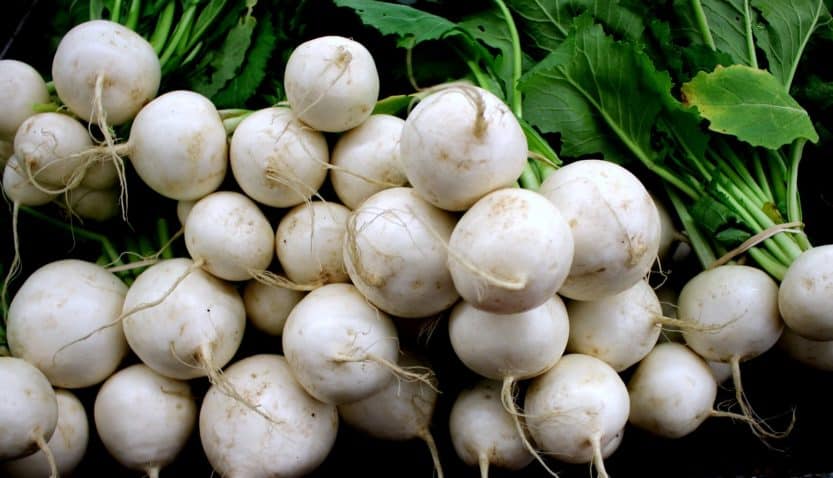
Turnips are versatile root vegetables that can be harvested for both their greens and their roots. They are well-suited for planting in August in zone 7b. Sow seeds in mid-August for optimal growth. Turnips thrive in cooler weather, and like other vegetables mentioned, they are tolerant of frost, thriving even when temperatures dip to 20°F (-6°C). Depending on the variety, they can be ready to harvest in just 30-60 days.
Swiss Chard
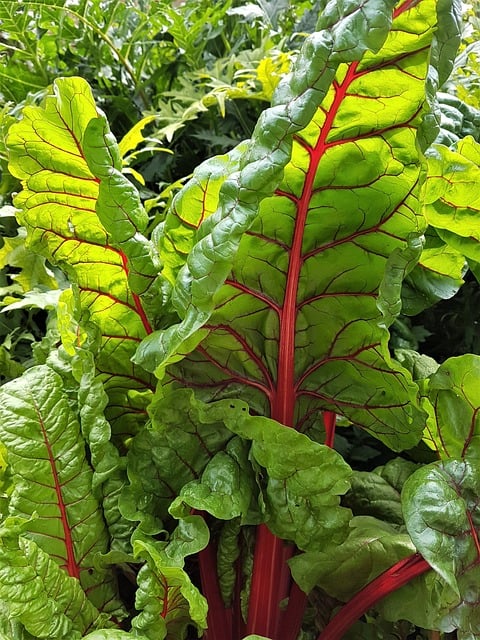
Swiss chard is a leafy green that can withstand the cooler temperatures of fall and is an excellent option for August planting. Directly sow seeds into the garden in mid-August. Swiss chard can thrive in various soil types and prefers slightly acidic conditions. It tolerates temperatures down to the high 20s°F (around -2 to -3°C), making it resilient as the weather cools. Harvest the outer leaves as needed for a continual harvest.
Cilantro
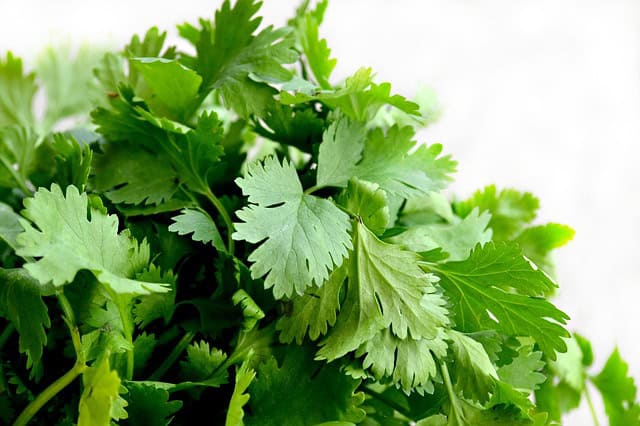
While often associated with spring planting, cilantro can also be successfully sown in August for a fall crop. It prefers cooler temperatures and can be direct seeded into the garden. In zone 7b, plant cilantro seeds in early to mid-August to allow for ample growing time before frost. Cilantro generally tolerates temperatures as low as 28°F (-2°C) and can be harvested for both leaves and seeds (coriander).
Brussel Sprouts
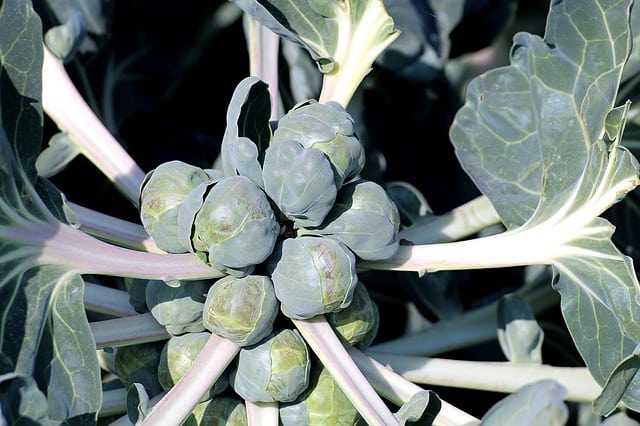
Brussel sprouts are a fall favorite that can be planted in August for a late-season harvest. In zone 7b, sow seeds indoors in late July or early August, and transplant them outdoors when seedlings are about 4-6 inches tall. These plants thrive in cool weather and are tolerant of frost, withstanding temperatures down to 20°F (-6°C). Proper spacing and care can lead to a bountiful harvest of these mini cabbages.
Flowers To Plant
August is not just a time for vegetables; it’s also an excellent time to sow a variety of flowers to support both aesthetic beauty and the local ecosystem. The following flowers can be planted in zone 7b this month.
Aster
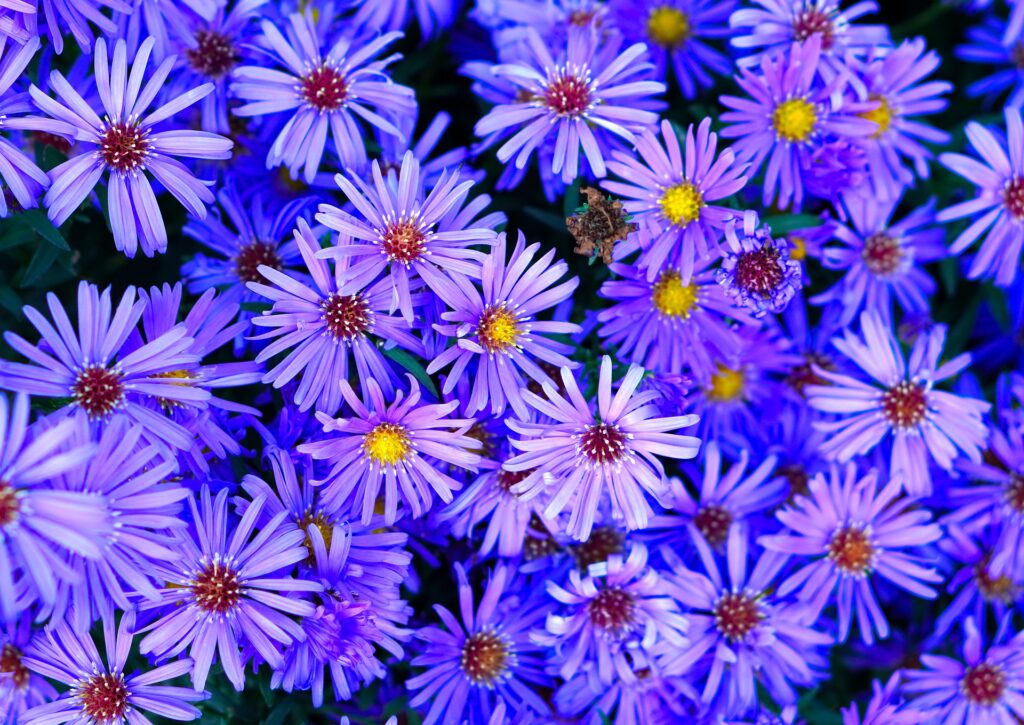
Asters are stunning late-season perennials that provide a pop of color as summer ends. They can be planted as seeds or seedlings in August. Preferring well-draining soil and full sun, asters are tolerant to some cold and thrive in various conditions. They are hardy to USDA zone 3 and are excellent for attracting pollinators like bees and butterflies.
Black-eyed Susan
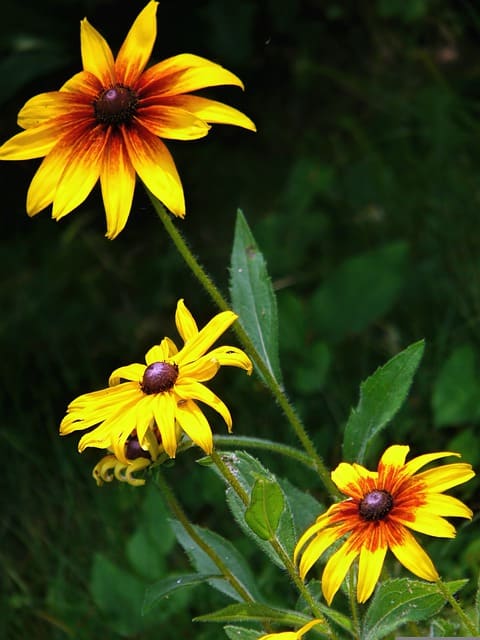
Black-eyed Susans are perennial wildflowers ideal for August planting in zone 7b. They are drought-tolerant once established and can bloom from late summer into fall. Plant seeds or young plants directly in your garden, ensuring they have full sun exposure. Hardy in zones 3-10, they can withstand temperature fluctuations and are excellent for adding color to borders.
Cosmos
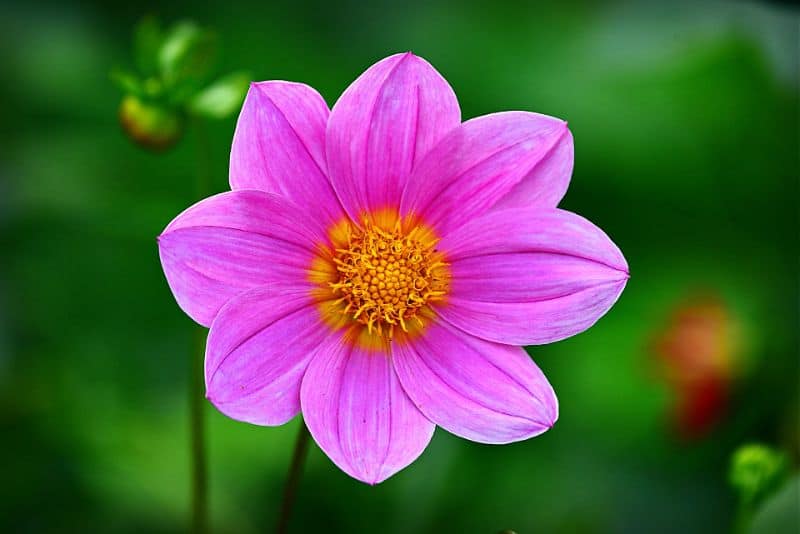
Cosmos are easy-to-grow annuals that you can sow directly in your garden in August. These flowers thrive in hot weather and are very drought-tolerant. Plant cosmos seeds in well-drained soil in a sunny location, and they will bloom profusely in shades of pink, white, and orange until the first frost. They are hardy, covering a range of zones from 2 to 11.
Zinnia
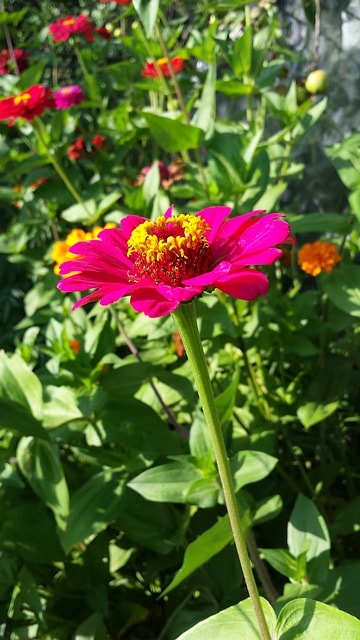
Zinnias are vibrant annual flowers that add a splash of color to your garden. They can be sown directly into the soil in August for a late summer bloom. Zinnias thrive in full sun and well-drained soil, producing long-lasting flowers in many colors. Hardy in zones 3-10, they can withstand various temperature conditions and are perfect for attracting butterflies.
Pansy
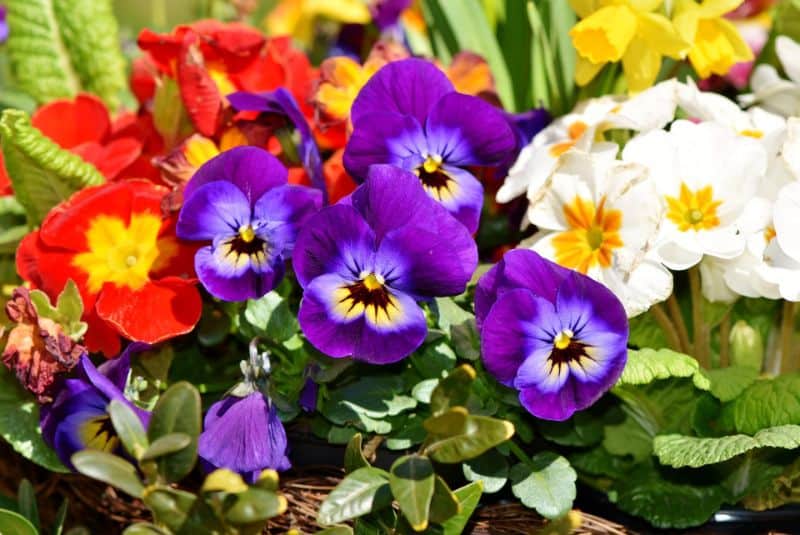
Pansies are cool-season annuals that can begin to be planted in August for early fall blooms. They prefer cooler temperatures and perform best when planted in partial to full sun. With a broad range of colors available, pansies can withstand temperatures down to about 25°F (-4°C), making them suitable for early fall gardens. Consider starting seeds indoors or purchasing young plants for transplanting.
Delphinium
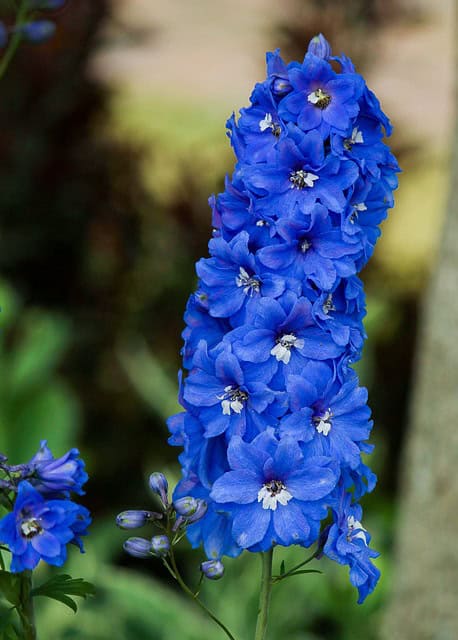
Delphinium are impressive tall flowers that can provide a vertical element in any garden. Plant seeds or young plants in mid-to-late August for blooms in the fall. However, if planted in late August, some varieties may not flower until the following spring. Delphiniums prefer cooler climates and can handle temperature fluctuations down to 20°F (-6°C), but should be planted in well-drained soil.
Sweet Alyssum
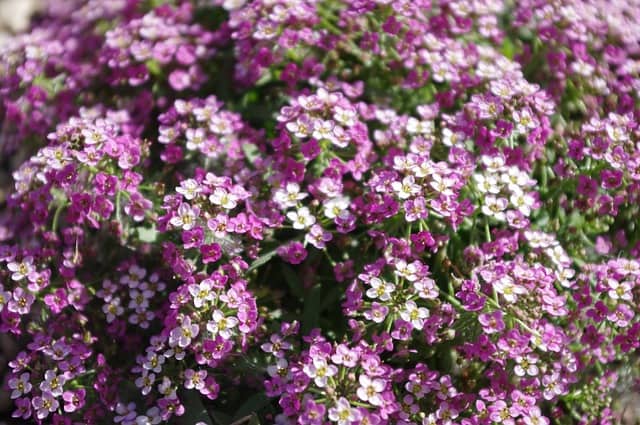
Sweet Alyssum is a fragrant annual flower that can easily be sown in August. Known for its low-growing habit and dense clusters of tiny flowers, it is excellent for ground cover or borders. Sweet Alyssum prefers sunny or partially shaded areas and can tolerate cool temperatures, thriving in zones 3-10. It often blooms until the first frost, adding character to any fall garden.
Snapdragons
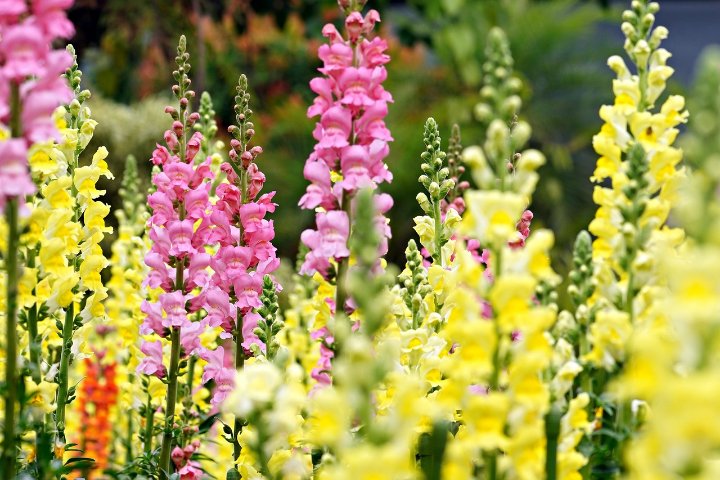
Snapdragons can be planted in August in zone 7b as they love cooler weather. They are versatile, providing vertical interest and vibrant colors in the garden. Plant snapdragon seeds directly in garden beds or in containers. They prefer well-drained soil and full sun but can tolerate partial shade. Snapdragons can withstand temperatures as low as 25°F (-4°C) and can often bloom into the early winter months.
Ornamental Kale
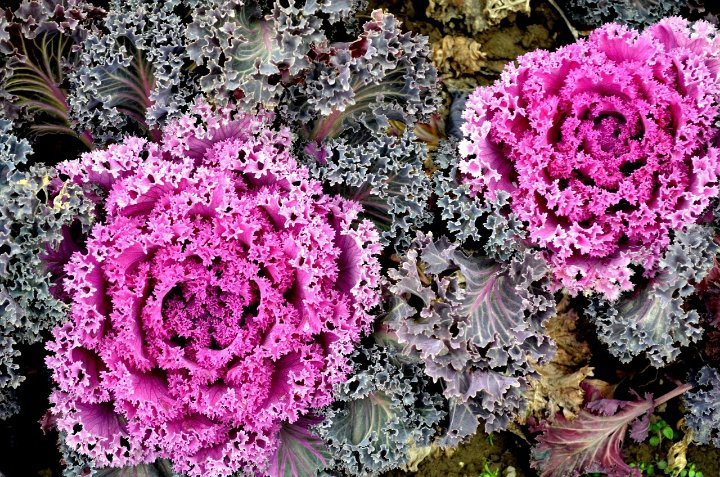
Ornamental kale is an excellent choice for adding texture and color in late summer and fall garden displays. Plant transplants in mid-August to allow for good growth before the colder weather hits. These hardy plants thrive best in cooler conditions, withstanding temperatures as low as 15°F (-9°C). Their unique frilled and colorful leaves make them popular for both decorative and edible purposes.
Marigolds
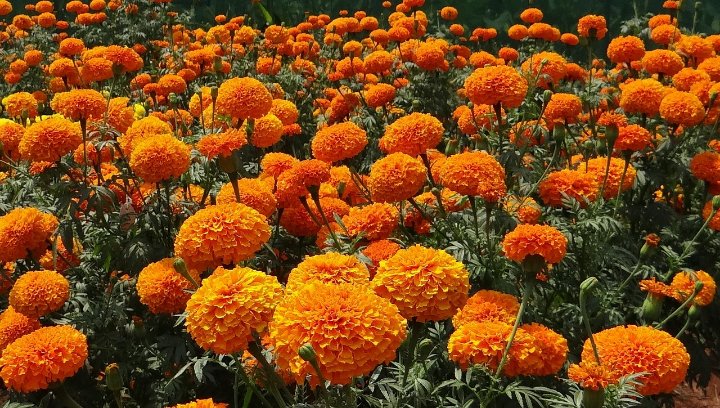
Marigolds are cheerful annual flowers that can be sown in August for a late summer display. They are very tolerant of various growing conditions, preferring full sun and well-drained soil. Marigolds are also noted for their pest-repelling qualities, making them a great companion plant for vegetables. They can endure temperatures as low as 25°F (-4°C) and will continue to produce flowers until frost.
Herbs To Plant
Herbs are a fantastic addition to any garden, and many can be successfully planted in August in zone 7b. They not only enhance meals but also attract beneficial insects, creating a healthier ecosystem. Below are herbs to consider planting this month.
Basil
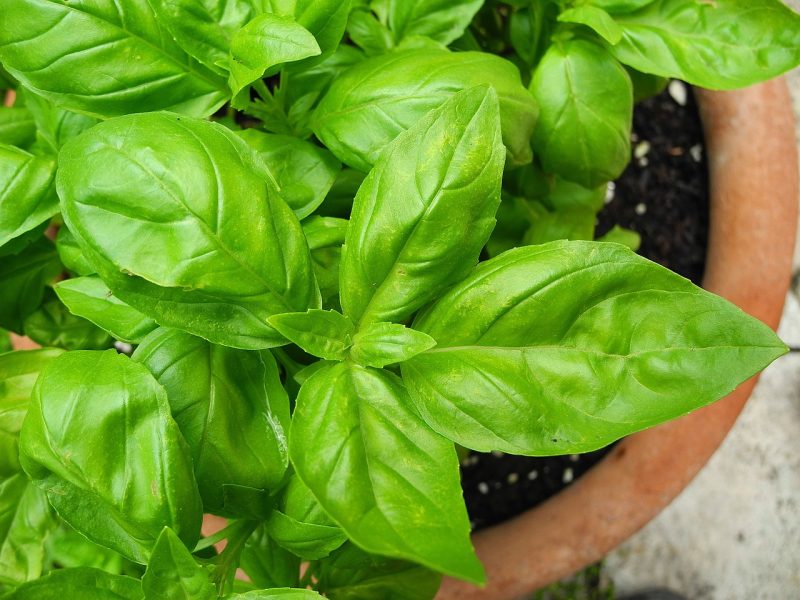
Basil is a tender annual herb that thrives in warm temperatures. You can plant basil seeds directly outdoors in early August in zone 7b. While it is sensitive to frost and should ideally be harvested before the first frost, basil can grow well in the warm days of late summer. Basil prefers full sun and well-drained soil, and once established, it can bring abundant foliage for culinary use.
Chives
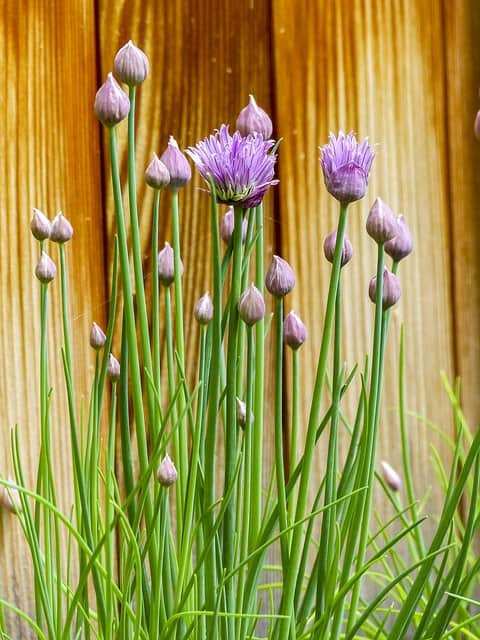
Chives are hardy perennials that can be planted in August for a late-season harvest. You can start chives from seeds or transplants, and they will establish themselves quickly. Chives are tolerant to temperature fluctuations and can survive in temperatures as low as 30°F (-1°C). Their mild onion flavor is great for culinary purposes, making them a valuable addition to the herb garden.
Dill
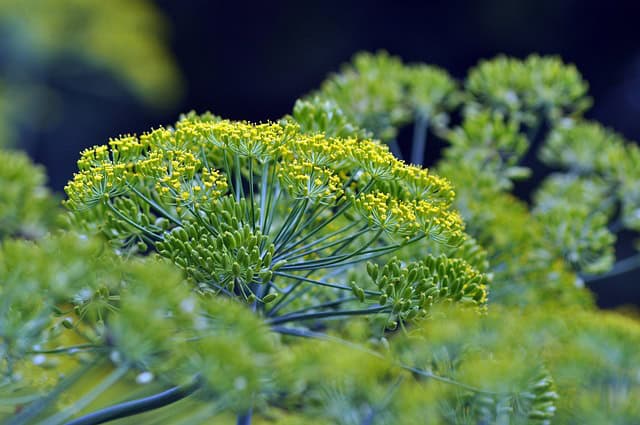
Dill is a fast-growing annual herb that can be sown directly into the ground in August. It thrives in well-drained soil and full sun. Dill prefers cooler temperatures during growth but can be harvested before frost sets in. Dill is tolerant to temperatures as low as 28°F (-2°C), allowing it to flourish in late summer and early fall. It also attracts beneficial insects, such as ladybugs.
Oregano
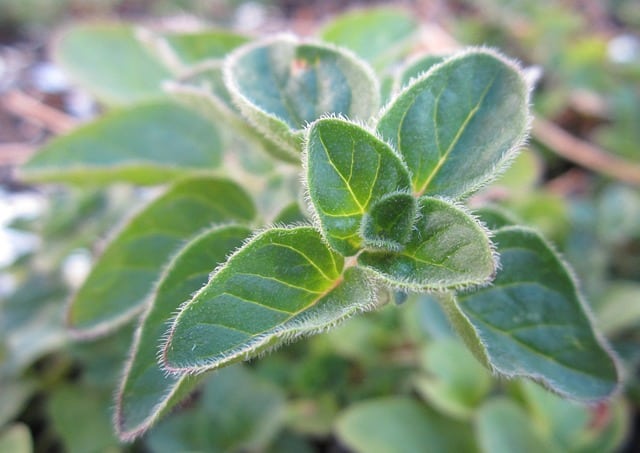
Oregano is a perennial herb that can be easily grown in zone 7b. It can be planted in mid-to-late August and flourishes best in well-drained soil and full sun, becoming more aromatic as the weather cools. Oregano is hardy, surviving in zones 4-9, and is tolerant of cold temperatures as low as 20°F (-6°C). This herb is a staple in many cuisines, making it a favorite among gardeners.
Parsley
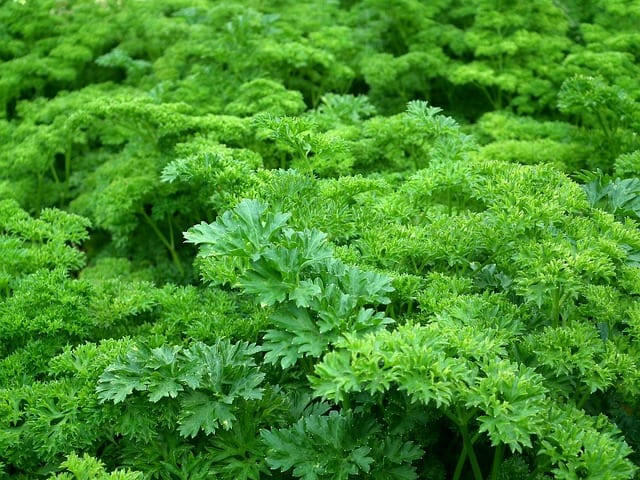
Parsley can be planted in August as it thrives in cooler weather. It can be directly seeded in the garden or started indoors for transplanting later. Parsley prefers well-drained soil and should be watered regularly to ensure consistency. Hardy down to about 20°F (-6°C), parsley can withstand the chill of fall and can even survive light frosts, providing fresh leaves for culinary use.
Thyme
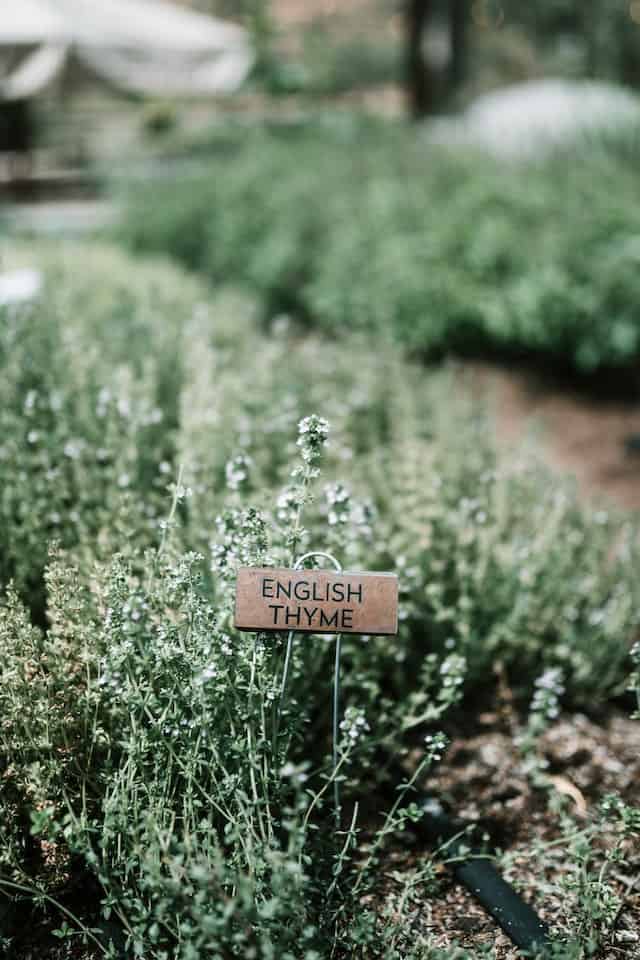
Thyme is a hardy perennial herb that you can plant in August for a fall harvest. It thrives in well-drained soil and full sun, making it suitable for hot, dry conditions. Established thyme plants can survive temperatures down to 20°F (-6°C) and will continue to produce leaves through the fall months. Thyme is often used in cooking for its robust flavor and fragrance.
Cilantro

While noted in the vegetable section for its culinary uses, cilantro can also be classified under herbs and is ideal for August planting in zone 7b. It thrives in cooler temperatures and can be sown directly into the garden soil. Ideally, plant in partial shade to prevent bolting in the heat. It can tolerate lower temperatures down to 28°F (-2°C), making it versatile for both herb gardens and vegetable beds.
Bergamot (Bee Balm)
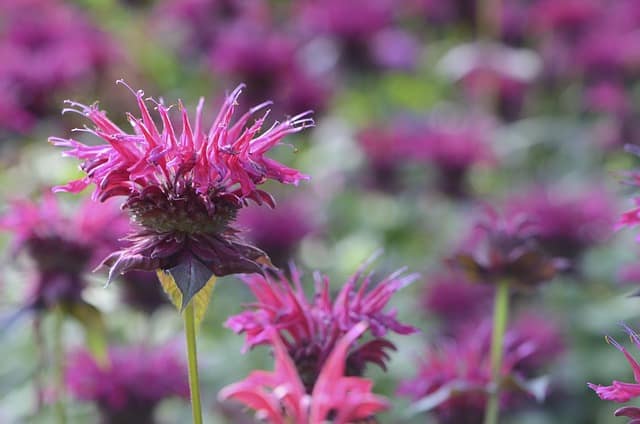
Bergamot, also known as bee balm, can be planted as a perennial herb in August. This aromatic herb is favored for attracting pollinators, especially bees. It thrives in well-drained soils and full sun to partial shade. Bergamot is hardy in zones 4-9, tolerating temperatures down to 20°F (-6°C). Its aromatic leaves can be harvested for tea or used in culinary dishes.
Lemon Balm
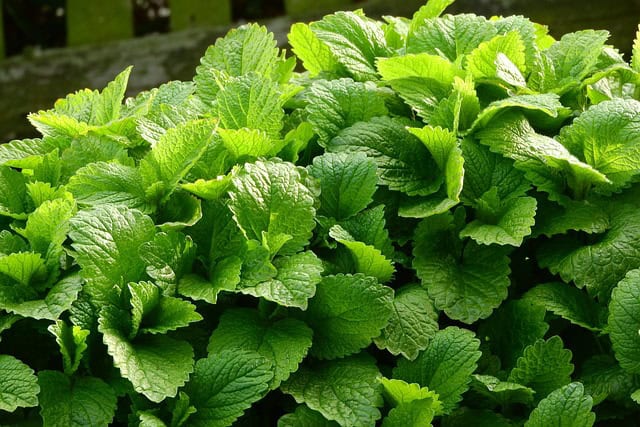
Lemon balm is a perennial herb that grows vigorously and can be planted in August. It prefers well-drained soil and full sun to thrive. Known for its lemony scent, it is hardy in zones 4-9 and can withstand temperatures down to about 20°F (-6°C). Lemon balm can be harvested for tea, culinary uses, or as a relaxing herbal treatment, making it a multifunctional addition to your herb garden.
Fennel
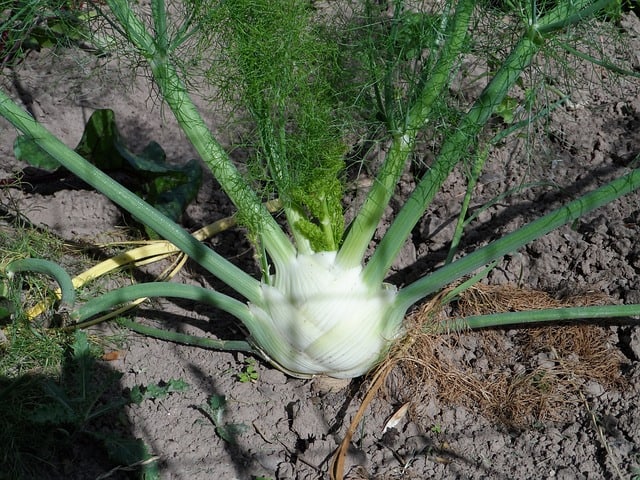
Fennel is an annual herb that can be sown in August, with both bulb and frond varieties available. While it prefers full sun and well-drained soil, fennel can thrive in cooler weather and is adaptable to various conditions. In zone 7b, plant fennel seeds directly in the garden. It is not as frost-tolerant as some herbs, ideally harvested before temperatures drop to around 20°F (-6°C) but can still provide a fall bounty.
Landscape Plants To Plant
August is an ideal month for stirring up your landscape with new plants. Many perennials and ornamental plants can enhance the look of your property, providing seasonal interest while being hardy enough for the upcoming cooler months.
Daylilies
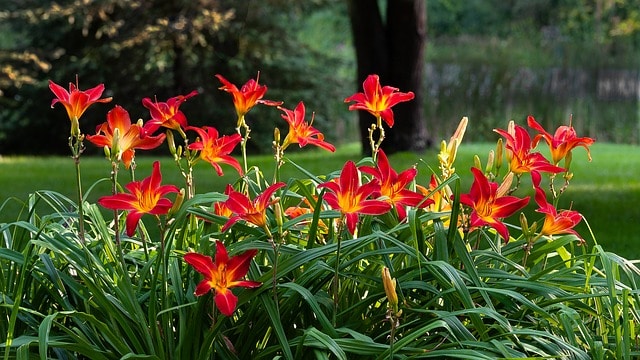
Daylilies are hardy perennials that can be planted in August in zone 7b, establishing roots before the cold arrives. They are incredibly diverse in size, color, and shape, making them a fantastic choice for any garden. Daylilies thrive in full sun and can tolerate various soil types. They are hardy in zones 3-9 and can withstand temperatures down to 10°F (-12°C), ensuring vibrant blooms in the following summer.
Sedum
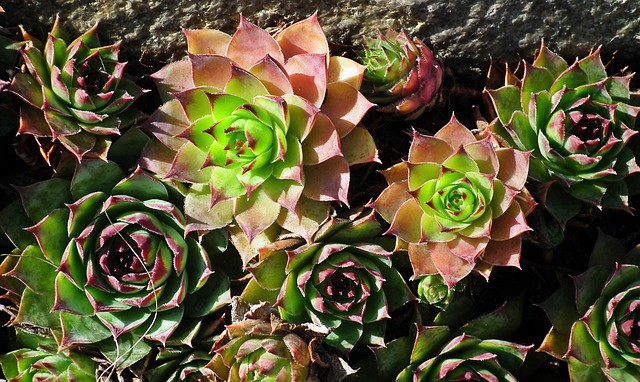
Sedum, or stonecrop, is a drought-tolerant perennial that can be planted in August. With many varieties available, sedum can provide stunning ground cover and ornamental options to your landscape. These succulents prefer full sun and well-drained soils and are hardy in zones 3-11. Sedum can endure cold temperatures down to -30°F (-34°C), making them an excellent asset for year-round gardens.
Russian Sage
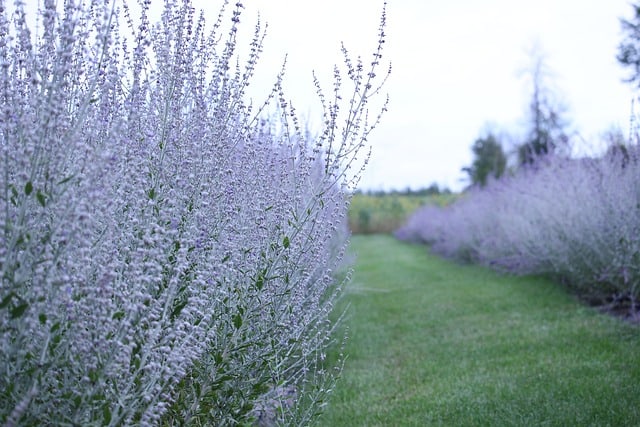
Russian Sage is a beautiful perennial that is drought-tolerant and deer-resistant. Its silvery foliage and lavender-blue flowers thrive in sunny locations. In zone 7b, you can plant Russian Sage in August to establish strong roots before winter sets in. Hardy in zones 4-9, it can withstand cold temperatures down to -30°F (-34°C), and its blooms attract pollinators.
Coneflower
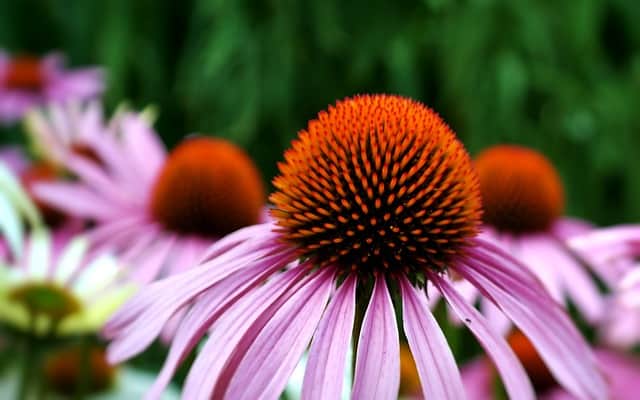
Coneflowers, or echinacea, are hardy and vibrant perennials that can be sown in August. They attract butterflies and provide striking color from mid-summer until fall. Plant them in well-drained soil in full sun. Coneflowers are hardy in zones 3-9 and can withstand temperatures down to -40°F (-40°C). Their drought resilience makes them an excellent choice for low-maintenance gardens.
Hellebore
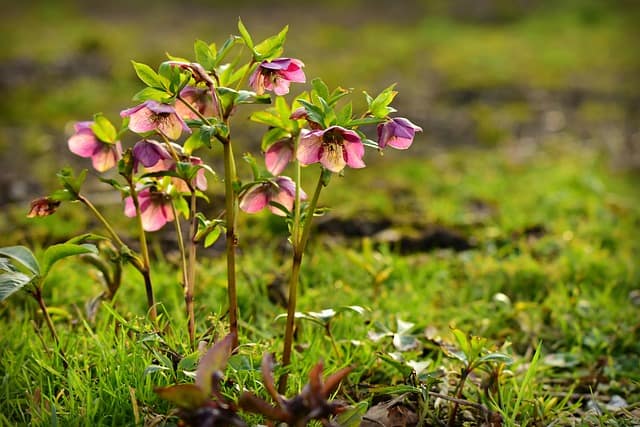
Hellebore, or Lenten rose, is a perennial that blooms in late winter to early spring, making it a unique choice for this planting season. In zone 7b, planting in August allows it to establish roots before the winter dormant season. Hellebores prefer partial shade and well-drained soil. They are hardy in zones 3-9 and can withstand cold temperatures down to -30°F (-34°C).
Astilbe
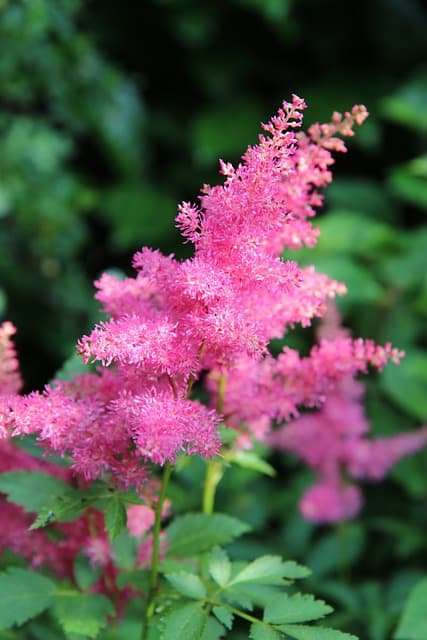
Astilbe is a lovely perennial that prefers partial shade and moist, well-drained soil. Planting them in August allows them to establish roots before the cold weather. They produce fluffy flower spikes in various colors, making them visually striking. Hardy in zones 3-8, astilbe can endure cold temperatures as low as -40°F (-40°C), providing beautiful blooms early in the growing season.
Butterfly Bush
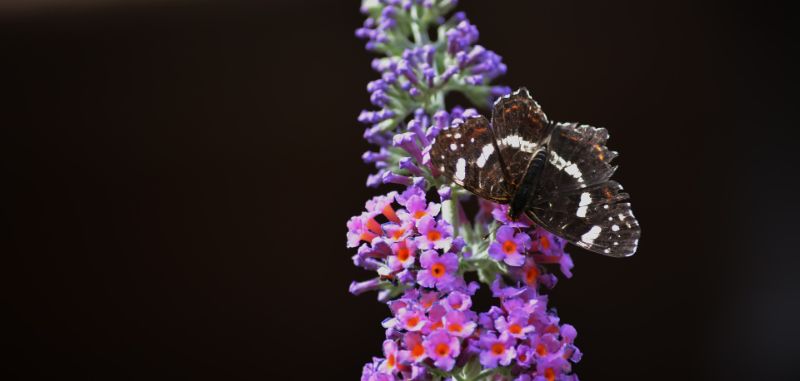
Butterfly bushes are known for attracting pollinators and providing vibrant blooms in summer. They can be planted in August in zone 7b, where they will thrive in full sun and well-drained soil. After planting, ensure to water them regularly to aid establishment. Hardy in zones 5-9, they can withstand temperatures down to -20°F (-29°C) while providing beautiful flowers to attract butterflies.
Amsonia
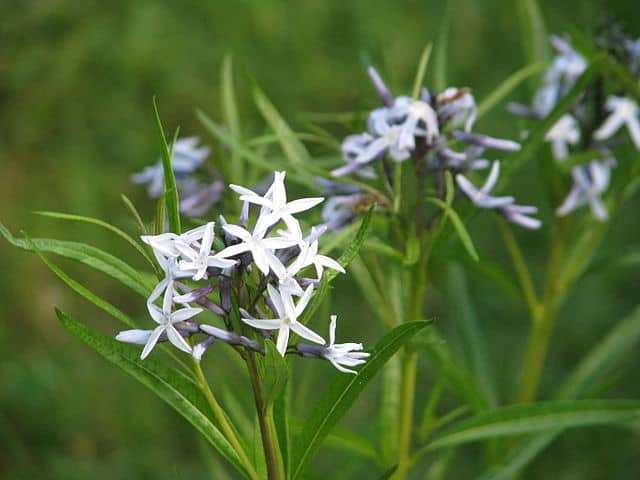
Amsonia, commonly known as blue star, is a perennial that showcases lovely star-shaped flowers in spring and can be planted in August. It prefers full sun to partial shade and well-drained soil. In zone 7b, amsonia is hardy in zones 3-9, tolerating temperatures down to -30°F (-34°C). Its foliage turns stunning shades of gold in the fall, adding seasonal interest.
Heuchera (Coral Bells)
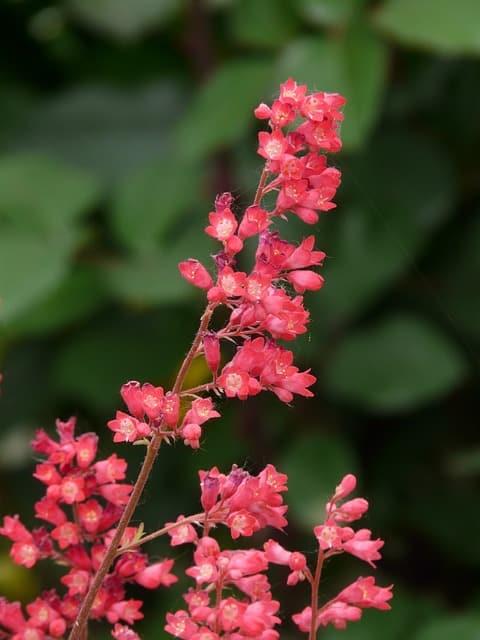
Heuchera, or coral bells, are excellent perennials for adding color and texture to your landscape. Plant them in partial shade and well-drained soil in zone 7b in August. They are hardy in zones 3-9 and can withstand temperatures down to -30°F (-34°C). Their colorful foliage and delicate flowers in late spring and early summer provide year-round interest.
Ornamental Grasses
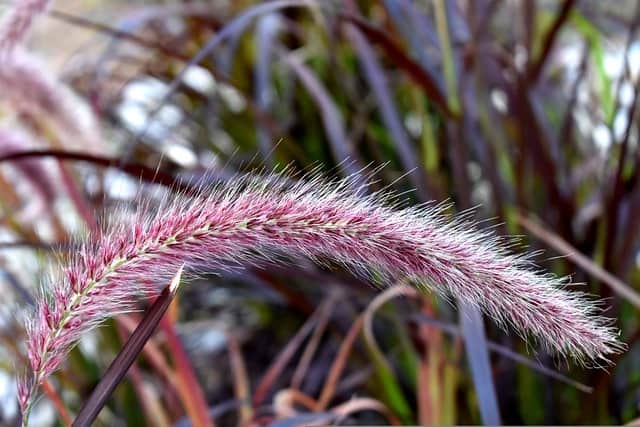
Ornamental grasses bring movement and texture to gardens. Plant ornamental grasses in August for a robust establishment before winter. Varieties like miscanthus and panicum thrive in full sun and well-drained soil. Hardy across various zones depending on the species, many can withstand temperatures as low as -30°F (-34°C), providing visual interest through the fall and winter months.


